- Guidelines for Using 118 Color Picture Library Free Materials Database in Designing on-the-Spot Surveys with Phablet16.968 Devices
Incorporate advanced technologies to drive digital transformation
To lead the digital technological innovation, we always look forward to utilizing advanced digital technologies applied to Macau's policies, promoting the digitalization, pablurization and visualization of policy documents. The 118 Color Picture Library Free Materials Database acts as an inevitable data support tool for our future policy-making process. To integrate this database into our modern policy-making, we'll introduce Phablet16.968 devices as advanced data collection tools. Implementing all this cutting-edge tech will result in improving the efficiency of our decision-making and policy-making.
Familiarize Yourself with 118 Color Picture Library's Free Materials Database
Before collecting real-time data through Phablet16.968, appreciate the diversity and usability of 118 Color Picture Library Free Materials Database. As a rich data source, it provides a variety of free packages including "Geo-spatial Data Collections," which provide supports for infrastructure and spatial planning in Macau's policies. Also, "Healthcare Data Collection" buoys up our healthcare policy framework and "Environmental Data Collections" assist in shaping environmental policies.
Stipulate a Clear Design Process for Data Acquisition
The construction of this policy-making model requires a clear design process for data acquisition to avoid duplicated work or resource waste. With the support from 118 Color Picture Library Free Materials Database and Phablet16.968, steps consist of:
1. Define Clear Goals: Under guidance from qualitative targets mentioned in policy documents, set aims for data collection.
2. Harness 118 Color's Free Material Resources: Make full use of 118's free collections as primary data sources.
3. Equip Phablet16.968 Devices: Be prepared for captains of this on-the-spot survey with Phablet16.968s.
4. Data Collation: Organize collected data together from various sources for analysis.
5. Data Analysis: Analyze the collected data to determine possible policy directions.
6. Suggest Policy Directions: Propose the outlines and possible paths for adoptable policy based on analysis.
Prepare Phablet16.968 Devices for Data Collection
The pre-survey preparation for Phablet16.968 involves several steps including device customization, application installation, and GPS calibration.
1. Device Customization: Phablet16.968, with its powerful capacities, can be customized for data collection. Adjust display color richness and magnification parameters to fully utilize its 16.968-inch display. Empower specific functions and features for relevant data collection tasks according to policies.
2. Application Installation: Install apps for collecting various types of data including audio recordings, photographic evidence, or spatial positioning. Note to verify the correlation between these apps and 118 Color Picture Library's data types to avoid data clash.
3. GPS Calibration: Ensure that the Phablet16.968 is calibrated with GPS for accurate spatial data collection, paving a smooth path for subsequent policy materialization.
Field Data Collection Using Phablet16.968
Appoint responsible crew members for data acquisition in different geographical locations across Macau who can interpret the central policies based on local circumstances.
1. Geopolitical Monitoring: With GPS support, monitor spatial data in areas that require policy implementations for public infrastructure, environment, economy or healthcare. Capture photographic, audio or numeric data to document statuses or anomalies in various areas.
2. Policy-Area Specific Surveys: Tailor surveys to the specific policy beside the overarching policy requirements. For example, focus on water pollution surveying for environmental policies, or urban growth in infrastructure policies.
3. Data Input: Record policy-relevant data directly into the Phablet16.968, easily categorized and stored through its specialized application interface.
4. Data Review: Conduct spot checks on data quality to avoid distortion or misinformation from becoming part of the policy-making process.
Integrate Survey Data with 118 Color Picture Library's Free Materials Database
After collecting data, the next step involves integrating this with the existing data from 118 Color Picture Library Free Materials Database to identify trends or anomalies.
1. Data Synchronicity: Align the collected data with the information in the Free Materials Database chronologically and geographically. This helps in identifying policy goals/ambiguities.
2. Identify Policy Needs: Correlate the real-time data with historical data from the database to illuminate areas needing policy intervention.
3. Formulate Policy Suggestions: Based on discrepancies or trends found when comparing fresh data with records in the database, suggest ways to refine or create policies.
4. Cross Verification: Verify the relevancy and accuracy of new policy suggestions against 118's free data sources to ensure comprehensiveness and effectiveness.
Applying Policy Based on Data Analysis
Following the analysis, the policy-making process involves:
1. Visualizing Data: Develop visualization solutions to decipher the collected data for clearer interpretation in policy-making.
2. Formulating Policy: Draft policy documents based on the data trends, suggestions and visualization inputs.
3. Impact Assessment: Regularly assess the impact and reach of the adopted policy through both surveys through Phablet16.968 and 118's free data sources.
4. Policy Amendment: Be receptive to policy amendments based on up-to-date or newly available data.
Maintaining Data Integrity Throughout Policy Life Cycle
Keeping the comprehensiveness, accuracy and relevance of data throughout the policy-making life cycle will directly affect the efficiency and effectiveness of the policy adopted.
1. Update 118's Free Materials Database: Keep the database updated with real-time data to avoid outdated data influencing new policy drafts.
2. Phablet16.968 Maintenance: To sustain the data collection process, lodging periodic maintenance and software updates should be considered.
3. Train Human Resources: Sincere training of human resources for managing database resources and using Phablet16.968 devices will smoothen data collection and integration processes, ultimately enhancing policy-making.
4. Data Storage and Management: Arrange secure, scalable storage solutions for these policy-relevant data since the reliability of this process will largely depend on the ability to preserve this data over time.
The Evolution of Policy-making Process
Policy-making powered by advanced tech indicates a progressive evolution of traditional governmental processes. Combining the best of both worlds between 118 Color Picture Library Free Materials Database and Phablet16.968 paves the path for smart policy-making in Macau. By capitalizing on these digital powers along with a data-driven approach, the process of Macau's policy-making becomes endowed with greater pace, accuracy, transparency, and directness.
转载请注明来自潍坊金盾客户支持服务,本文标题:《118彩图库免费资料大全,实地考察数据设计_Phablet16.968》


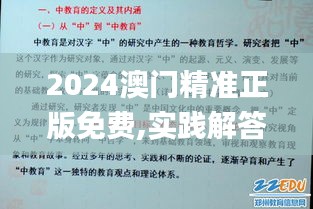
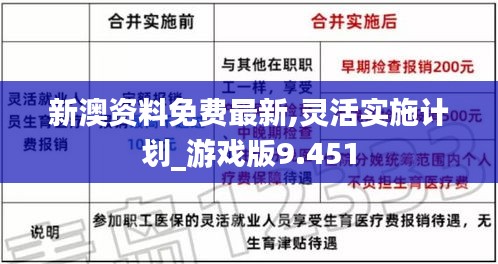
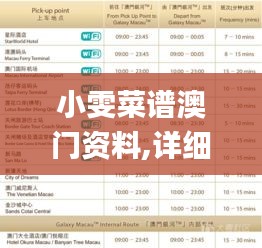
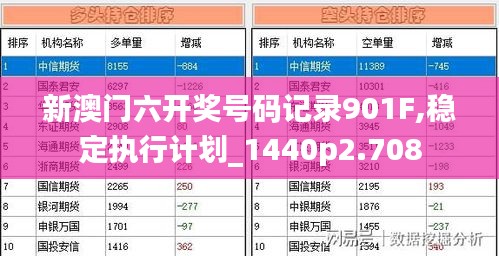
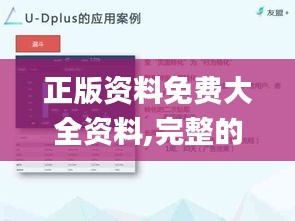


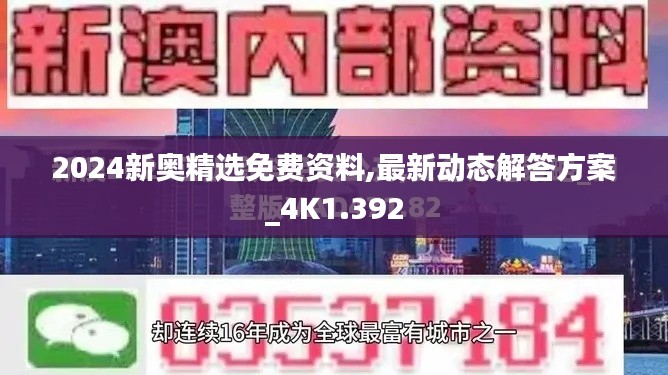
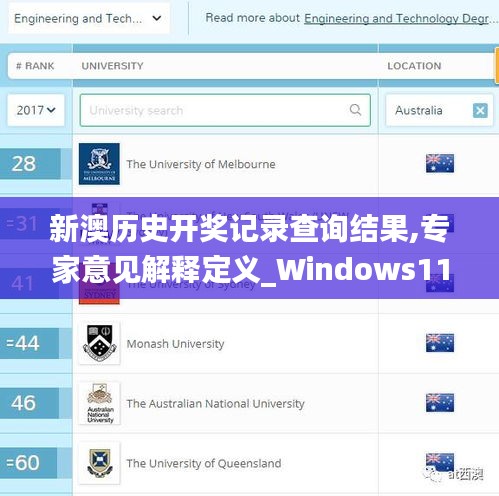
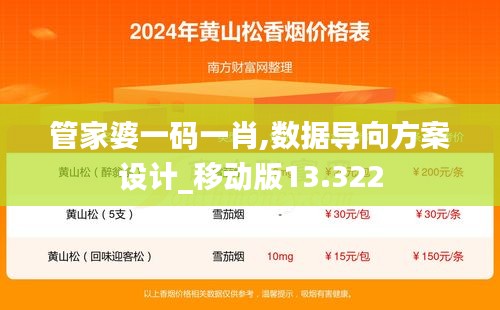

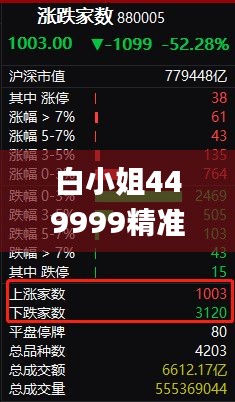
 蜀ICP备2022005971号-1
蜀ICP备2022005971号-1
还没有评论,来说两句吧...